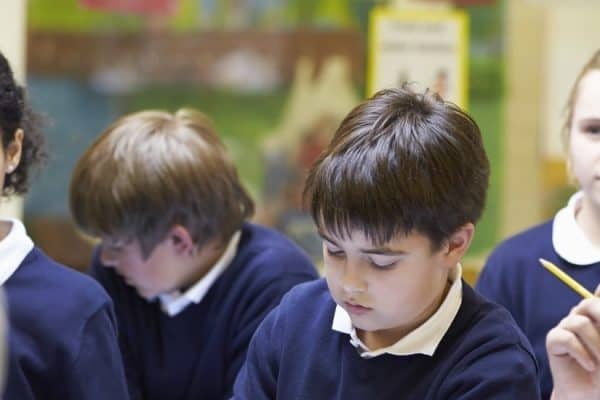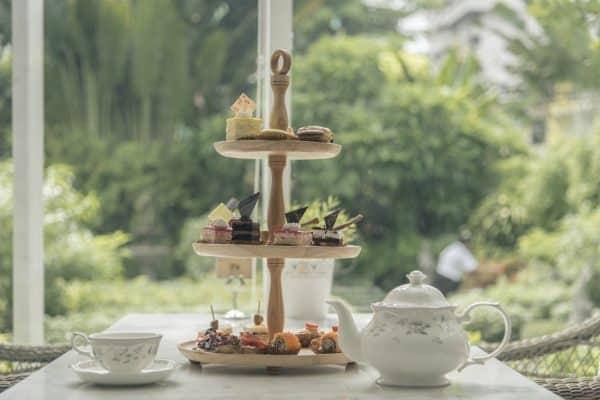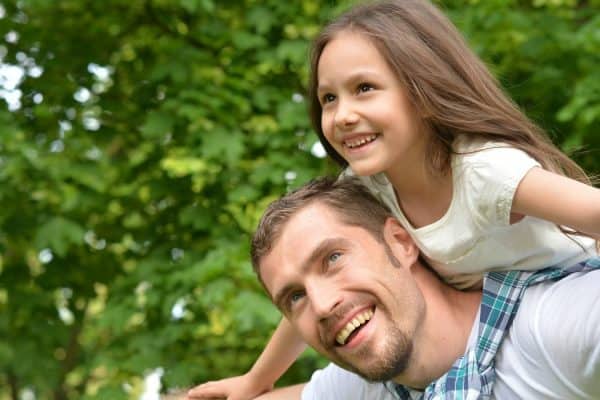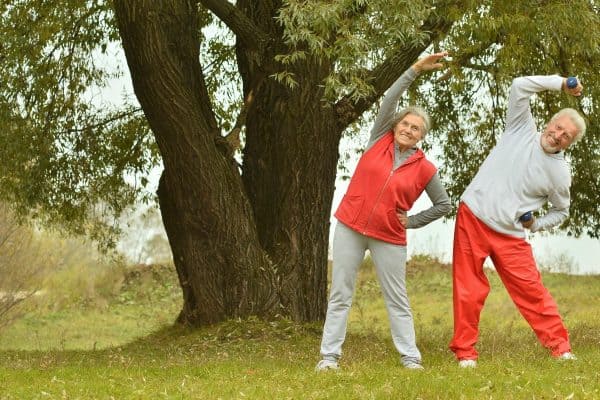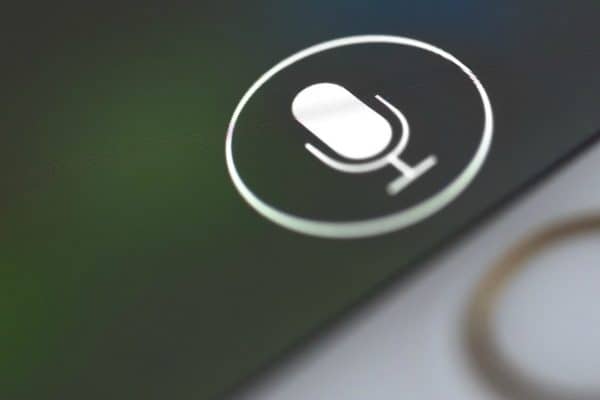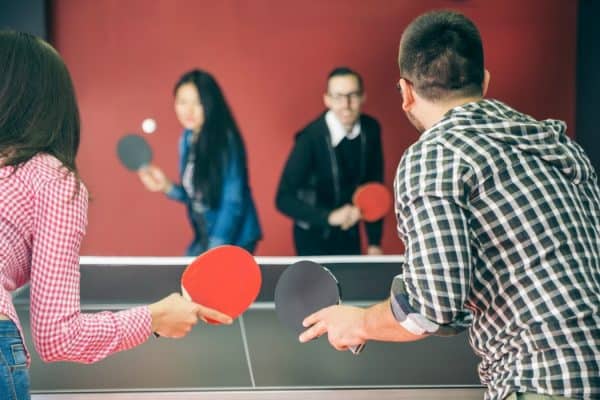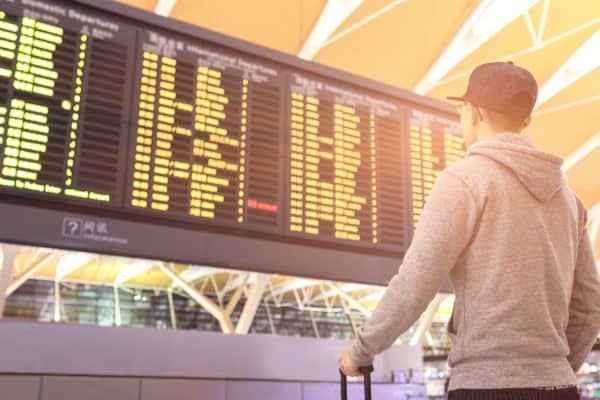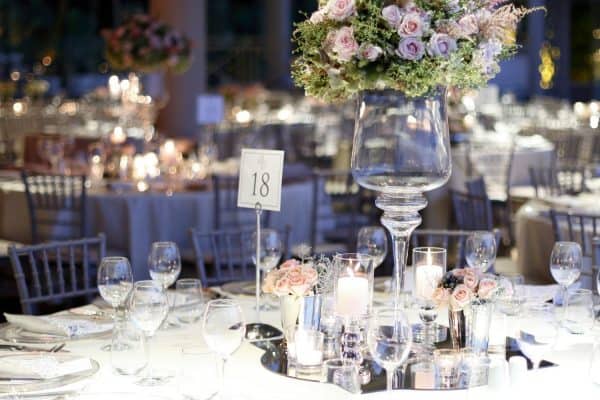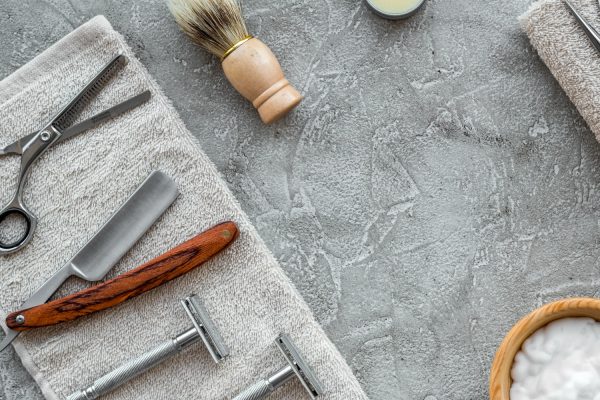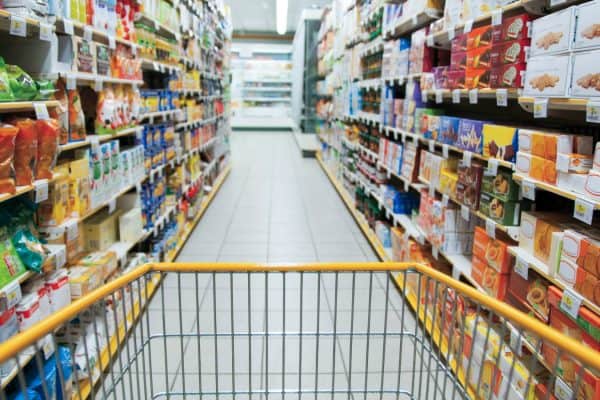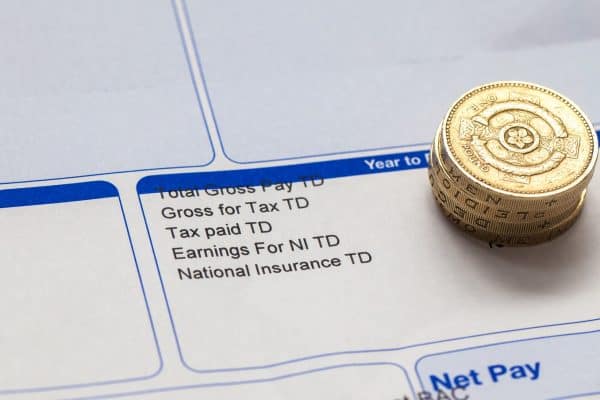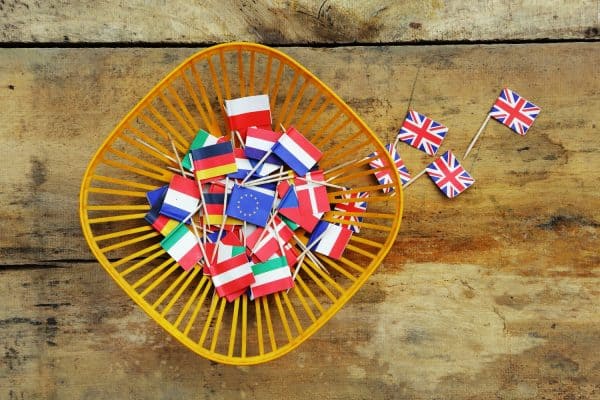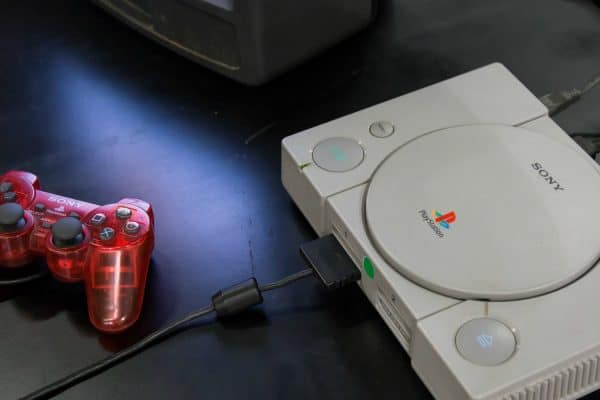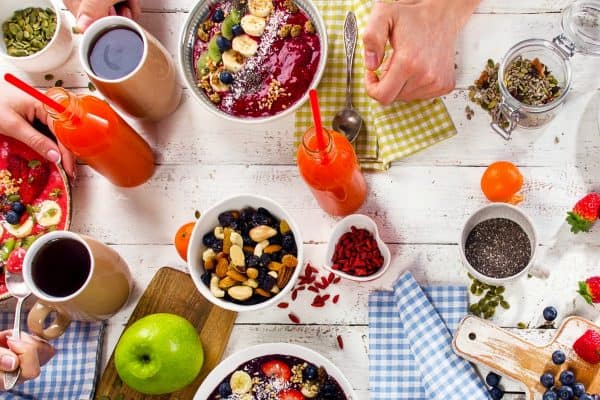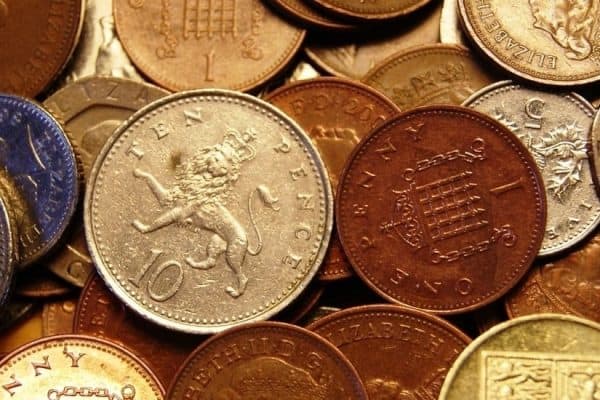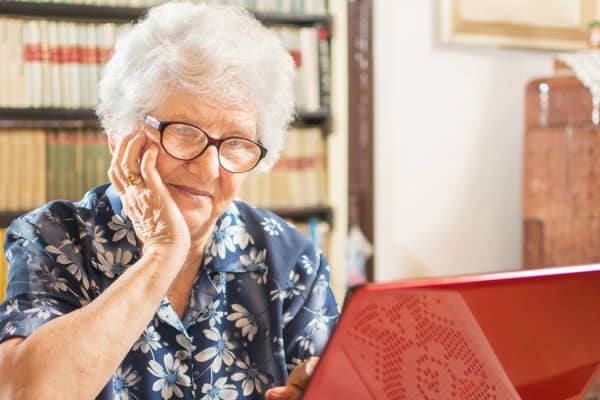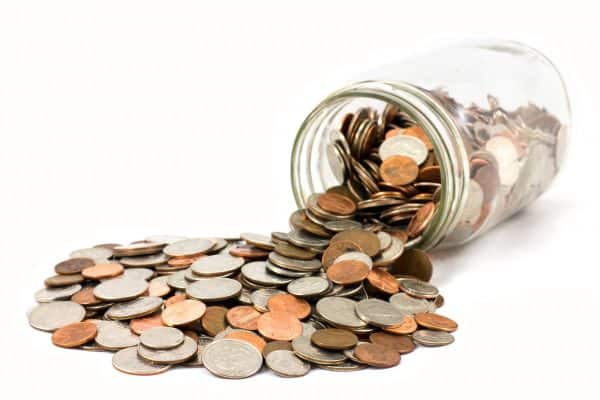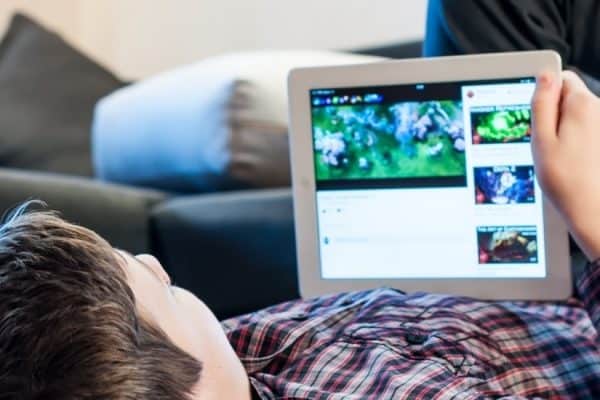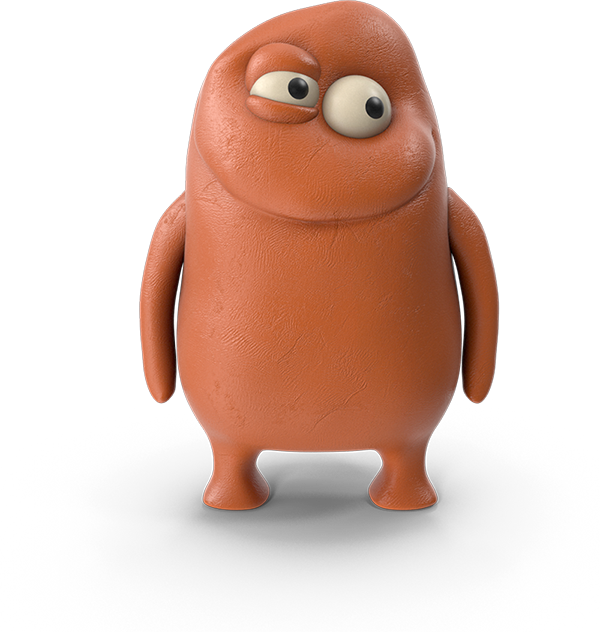Hands up who made bottle rockets (and a lot of mess) when they were younger! With British Science Week coming up from March 10th to 19th, there’s no better excuse to relive your secondary school science lab days with a few experiments. There are hundreds of British Science Week events scheduled across the country for kids (and adults!) to ignite your passion for all things scientific – from the future of farming to the phenomenon of sound – but if you can’t make it to any of the events, you can still get into the spirit by conducting a few (perfectly safe) experiments at home. Why not try out some of the below?
Crystal Feathers
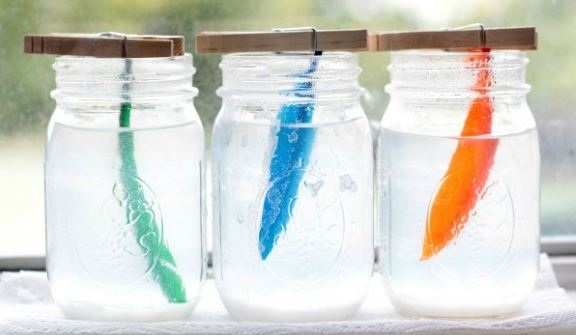
What you will need:
- Feathers (we recommend buying brightly coloured faux feathers – you can get these pretty cheaply from craft shops)
- Salt (1 regular size box of salt makes enough for three feathers
- Old jam jar/mason jar
- Clothes pegs
This experiment revolves around evaporation. All you need to do is dissolve salt into water, fill your jar with the solution, clip the end of your feather with a clothes peg so you can suspend it over the centre of the jar and submerge the feather into the salt water. Place the jar on a sunny windowsill, and beautiful crystals should start to form on your feathers in just a few hours! We recommend leaving the feathers in the solution for a few days to collect as many crystals as possible and then drying overnight. Full instructions here, and why not look at the crystals under a magnifying glass to get a really good look at the results of your experiment.
Dye your own flowers

What you will need:
- Three white flowers (You can use anything you have on hand or that is easily available – roses, carnations even lawn daisies)
- Four glasses of water
- Food dye: blue, yellow, green, red
- Sharp knife
This is an easy one to try in your home lab and can teach your children about plants and how they grow. Start by mixing each of the food dyes in a glass of water – one for each colour. Then, take two of your flowers and put one in each glass, just as you’d put a flower in a vase. Then take your last flower (if doing this with children you may need to assist with this bit) and slit the stem in half long ways so that you can put half of the stem in each of the two remaining glasses – so that the flower is drinking from both.
You should start seeing the stem and petals start to change colour within the first few hours – but if you leave it for a few days, you’ll get the full effect! Full experiment instructions found here.
Build your own lava lamp
This experiment is so easy, and again can be made with ingredients most of us have lying around the house – and it looks so cool!
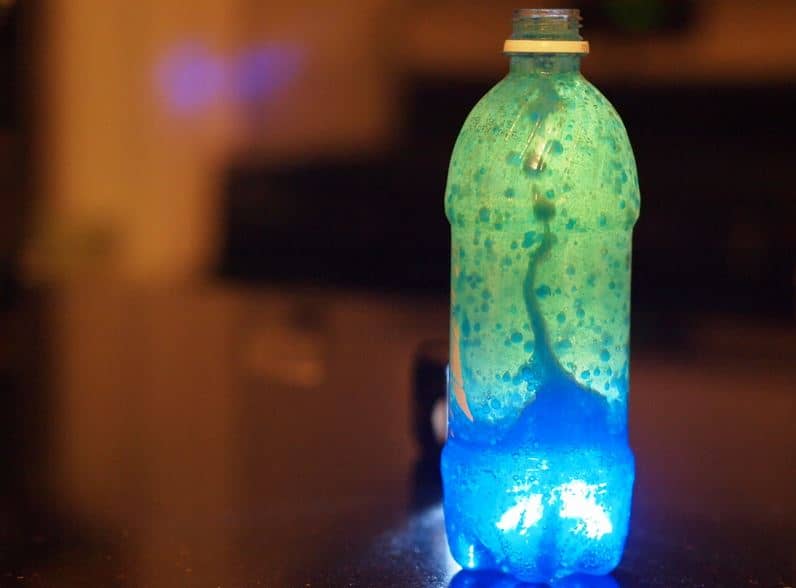
What you will need:
- A large empty bottle (i.e. 2-litre soft drink bottle)
- Dissolvable aspirin
- Vegetable oil
- Food colouring
Pour water into your bottle until it is about a quarter full, then using a funnel or jug fill the rest with vegetable oil. Wait a few minutes for the oil and water to separate, then add in your food colouring – you can use any colour but red or blue work well. Once you’ve added all your liquids to the bottle, split a dissolvable aspirin in half and drop the two pieces into the bottle – watch the lava bubbles appear! To keep the bubbles going just add more aspirin, and to make it look even more impressive why not try shining a torch through the underside of the bottle – groovy!
Ready to unleash your inner mad scientist? Find out about British Science Week events near you.

